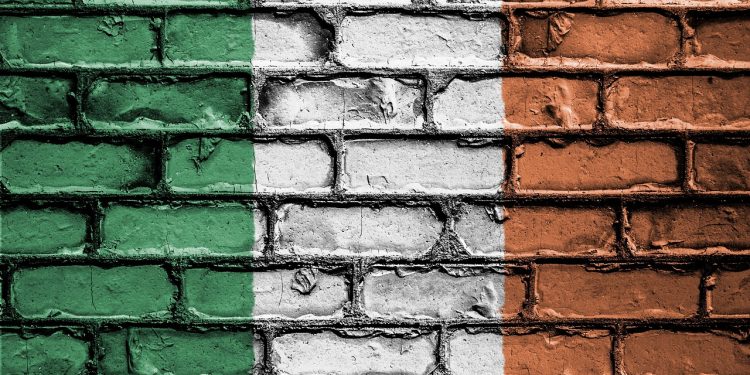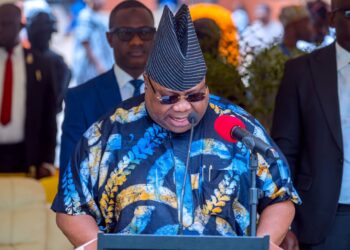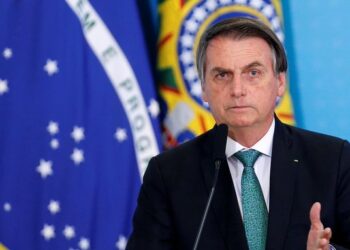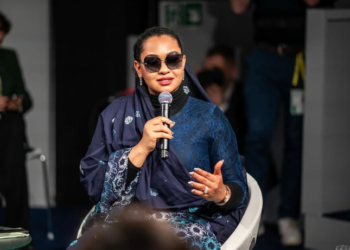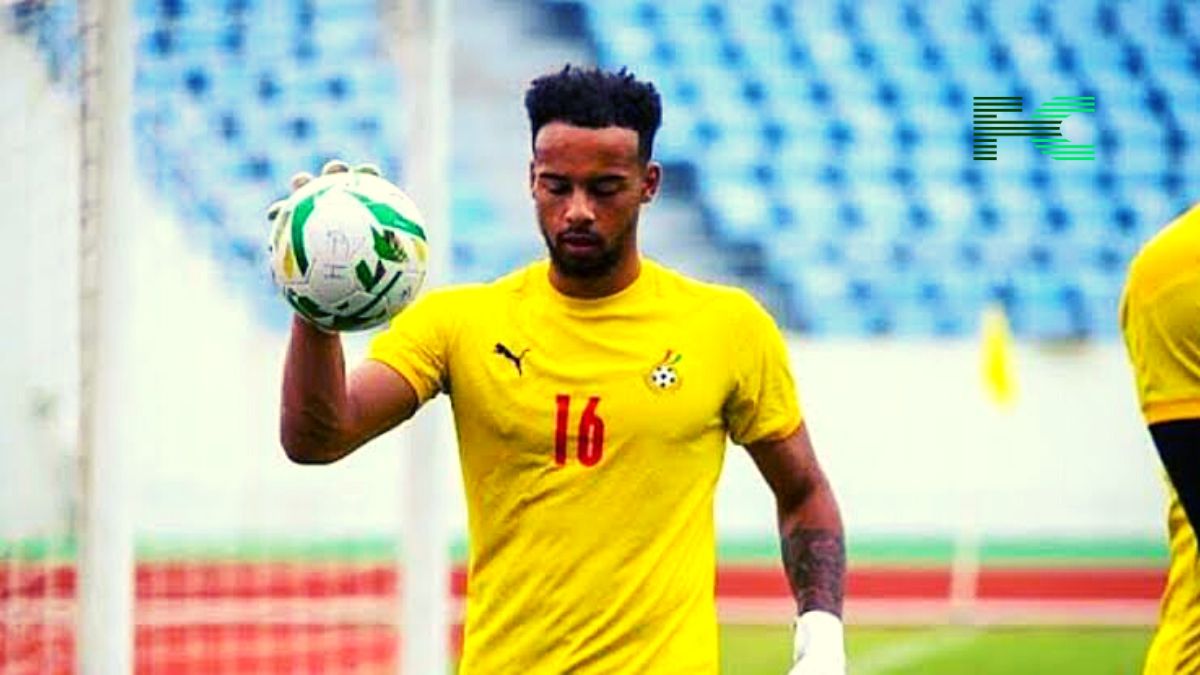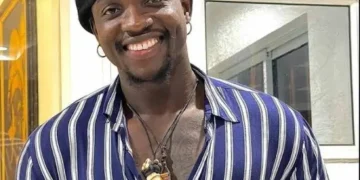The announcement by Irish Housing and Local Minister James Browne setting October 24, 2025, as the official polling date for the Irish presidential election is far more than a procedural formality; it is the starting gun for a high-stakes contest that will define Ireland’s national identity for the next decade. With the immensely popular Michael D. Higgins completing his two-term limit, the race to become Ireland’s tenth president is suddenly wide open, presenting a critical inflection point for a nation grappling with its future.
This is not merely a ceremonial succession; it is a profound battle between the political establishment and a wave of independent sentiment, between continuity and change, that will test the very relevance of the office in modern Ireland. The coming three-week nomination period is not just a formality but a brutal filtering process that will determine whether the Irish people are offered a genuine choice or a pre-ordained coronation by the political elite.
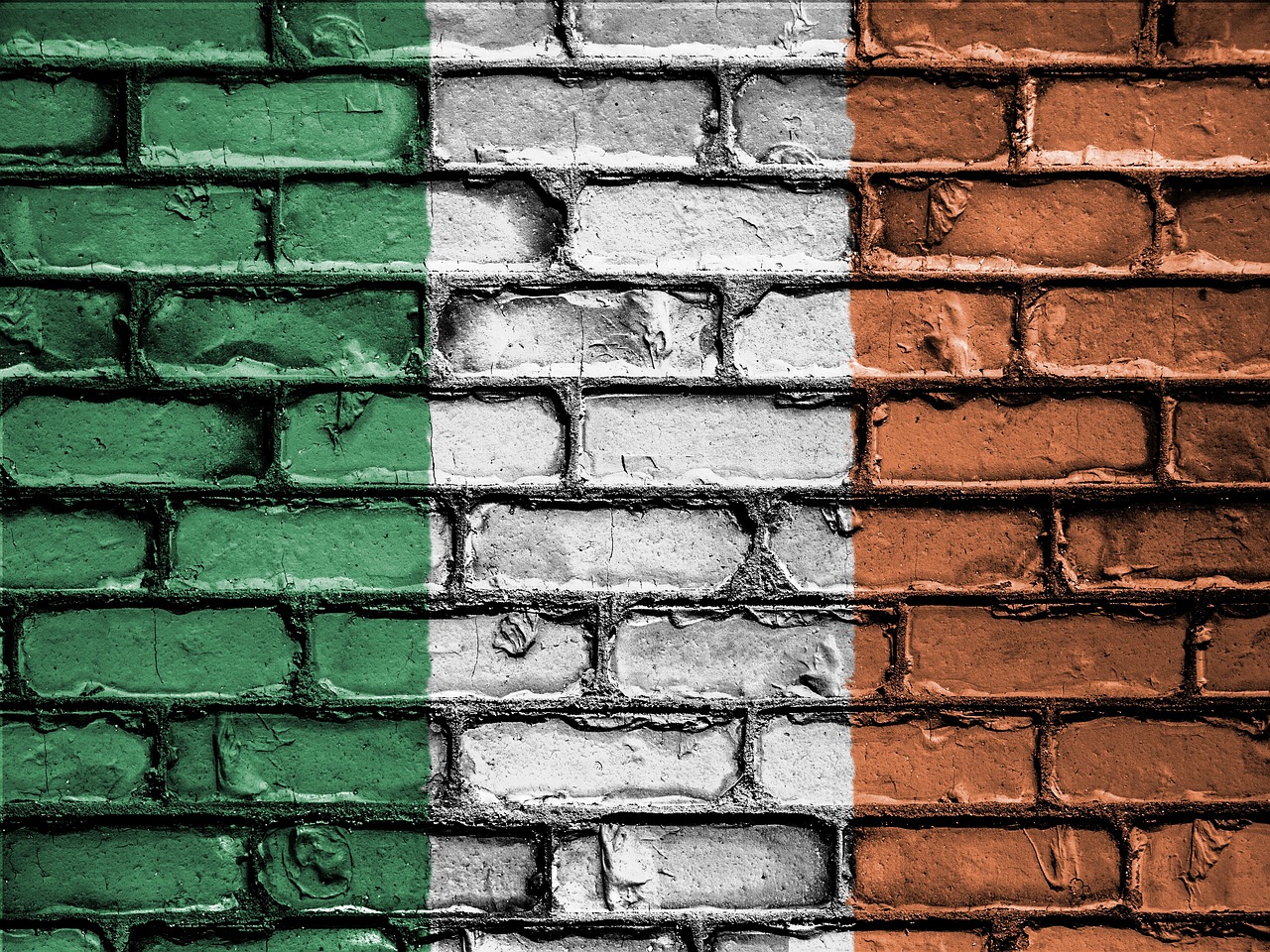
The Contenders: Humphreys, Gavin and Connolly
The race has formed around a few key figures, each representing a distinct vision for the presidency. Heather Humphreys, the newly minted Fine Gael candidate, embodies the traditional political pathway. A former cabinet minister, her strength lies in the formidable machinery of a major party, but her candidacy also represents the status quo at a time of public disillusionment with establishment politics. Her late entry, following Mairead McGuinness’s withdrawal, suggests a party scrambling to control a process that has slipped from its grasp.
On the other side of the establishment spectrum sits Jim Gavin, the revered former Dublin gaelic football manager, who has received the backing of Taoiseach Micheál Martin. Gavin represents a different type of establishment candidate—one whose power derives not from political pedigree but from cultural icon status.
His potential candidacy for Fianna Fáil, which has yet to formally decide, highlights a party desperate to capture a magic that its political brand alone may no longer possess. The internal dissent, with 40 party members yet to declare support, reveals the deep uncertainty within the traditional political class.
In contrast however, stands Independent TD Catherine Connolly, who has successfully secured the necessary backing from left-leaning parties. Her candidacy is the most significant threat to the political duopoly of Fine Gael and Fianna Fáil.
She represents a growing Irish appetite for figures who exist outside the traditional party structures, promising a presidency truly independent of the government of the day. Her campaign will be a referendum on whether the office can be more than a rubber-stamp for the ruling coalition.
The wild cards remain Sinn Féin, whose leader Mary Lou McDonald has yet to announce a decision, and independent hopefuls like Gareth Sheridan and Joanna Donnelly. Sinn Féin’s calculation is particularly delicate: entering the race could split the anti-establishment vote and hand victory to a mainstream candidate, while staying out could be seen as a failure of ambition for a party aiming to lead the government.

